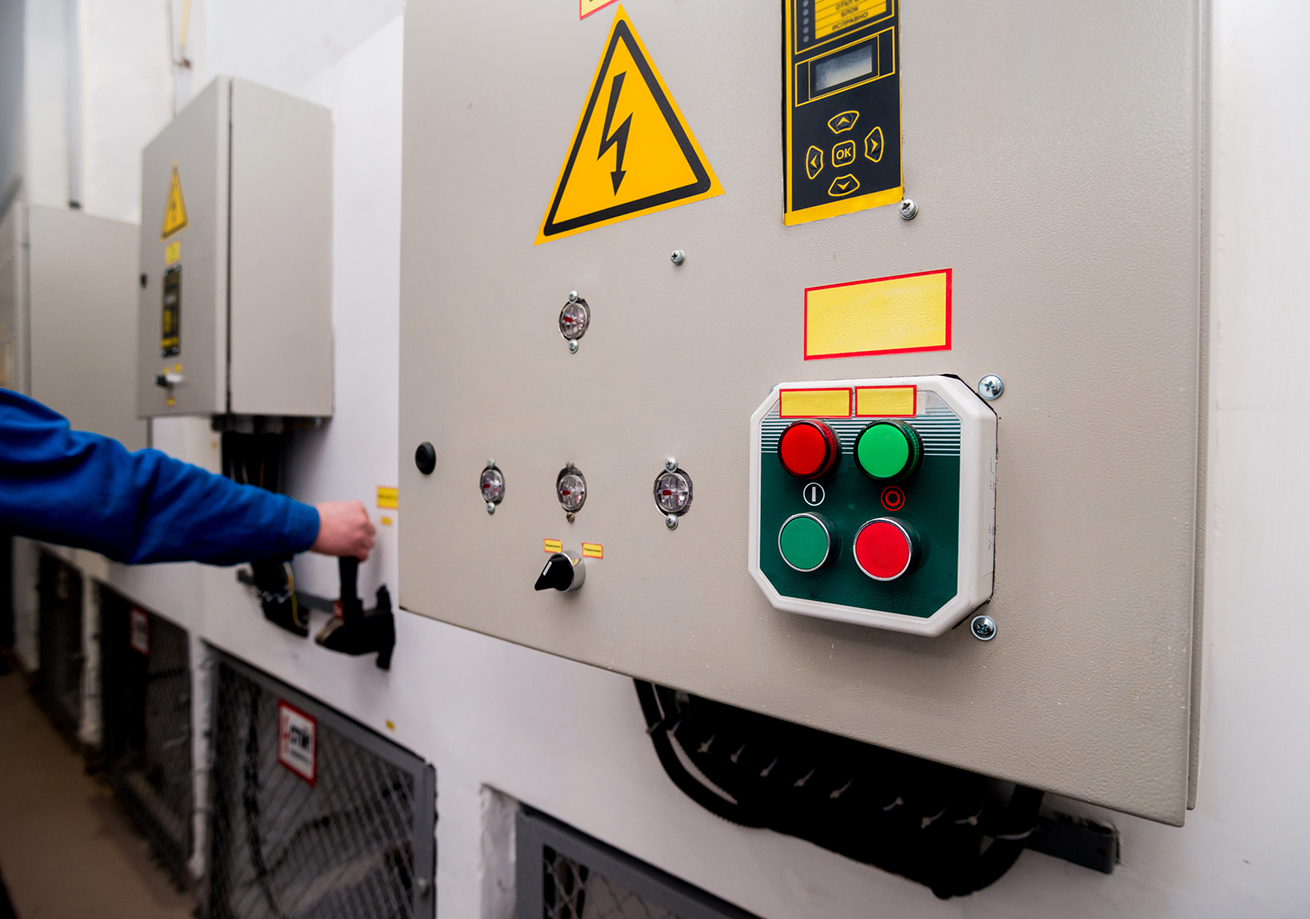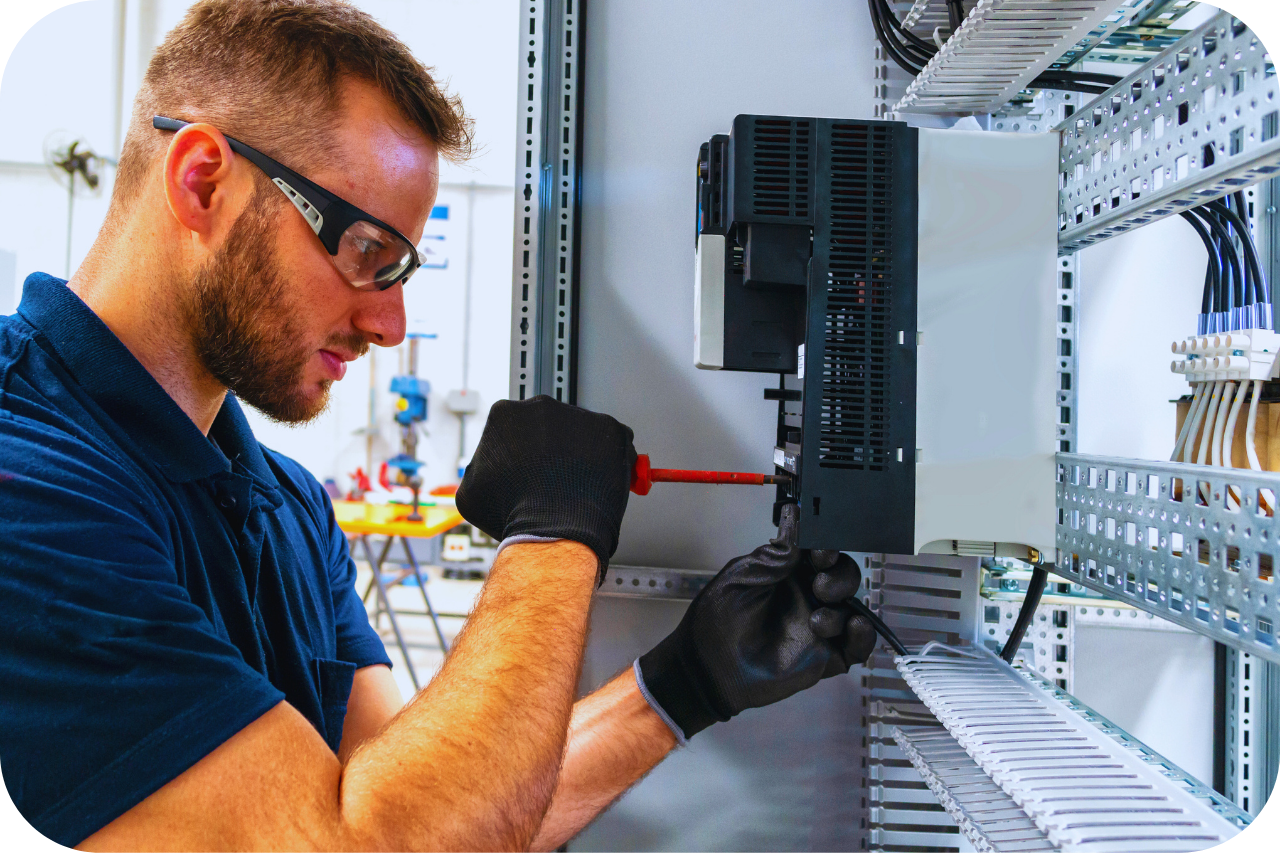Our Roar Solutions Ideas
Wiki Article
A Biased View of Roar Solutions
Table of ContentsSome Known Facts About Roar Solutions.The smart Trick of Roar Solutions That Nobody is Talking AboutRoar Solutions Can Be Fun For Anyone
In order to shield installations from a potential explosion a technique of analysing and identifying a potentially hazardous location is needed. The purpose of this is to ensure the correct selection and installment of equipment to inevitably avoid a surge and to ensure security of life.
(https://www.openstreetmap.org/user/roarsolutions)
No devices should be mounted where the surface temperature of the equipment is more than the ignition temperature level of the provided danger. Below are some common dirt dangerous and their minimal ignition temperature level. Coal Dust 380C 225C Polythene 420C (thaws) Methyl Cellulose 420C 320C Starch 460C 435C Flour 490C 340C Sugar 490C 460C Grain Dirt 510C 300C Phenolic Resin 530C > 450C Aluminium 590C > 450C PVC 700C > 450C Residue 810C 570C The likelihood of the danger existing in a focus high adequate to cause an ignition will certainly differ from location to place.
In order to classify this risk an installation is separated right into areas of danger relying on the quantity of time the unsafe exists. These locations are described as Zones. For gases and vapours and dirts and fibers there are 3 areas. Zone 0 Area 20 An unsafe ambience is very likely to be existing and might exist for lengthy durations of time (> 1000 hours each year) or perhaps constantly Zone 1 Area 21 An unsafe environment is feasible however not likely to be existing for lengthy durations of time (> 10 450 C [842 F] A category of T6 implies the minimal ignition temperature is > 85 C [185 F] Unsafe location electrical tools possibly made for usage in greater ambient temperature levels. This would indicated on the score plate e.g. EExe II C T3 Ta + 60C( This indicates at 60C ambient T3 will not be exceeded) T1 T1, T2, T3, T4, T5, T6 T2 T2, T3, T4, T5, T6 T3 T3, T4, T5, T6 T4 T4, T5, T6 T5 T5, T6 T6 T6 A T Course score of T1 indicates the maximum surface temperature created by the tool at 40 C is 450 C. Presuming the connected T Class and Temperature level score for the equipment are proper for the location, you can always make use of an instrument with a more rigid Department score than required for the area. There isn't a clear solution to this inquiry however. It actually does rely on the sort of tools and what repairs need to be performed. Equipment with particular examination treatments that can't be executed in the area in order to achieve/maintain 3rd party rating. Need to return to the manufacturing facility if it is prior to the tools's service. Area Fixing By Authorised Employee: Difficult screening may not be required nonetheless details procedures may require to be followed in order for the equipment to keep its 3rd party score. Authorized personnel have to be used to perform the work properly Repair service must be a like for like substitute. New part have to be taken into consideration as a straight replacement needing no special screening of the devices after the repair work is total. Each piece of equipment with a hazardous ranking must be assessed individually. These are laid out at a high degree below, but also for more in-depth information, please refer straight to the guidelines.
Some Of Roar Solutions
The equipment register is a comprehensive data source of tools documents that consists of a minimum set of areas to determine each thing's location, technological criteria, Ex-spouse category, age, and environmental information. This info is crucial for monitoring and handling the tools effectively within harmful areas. On the other hand, for regular or RBI tasting inspections, the quality will certainly be a mix of Thorough and Close inspections. The ratio of Comprehensive to Shut evaluations will be determined by the Equipment Threat, which is examined based on ignition risk (the probability of a resource of ignition versus the likelihood of a flammable environment )and the hazardous location classification( Zone 0, 1, or 2). This variation will likewise influence the resourcing demands for job prep work. Once Whole lots are specified, you can create tasting strategies based on the sample size of each Lot, which describes the number of arbitrary equipment products to be examined. To determine the needed sample dimension, 2 aspects need to be assessed: the size of the Lot and the classification of evaluation, which shows the degree of effort that need to be applied( decreased, typical, or enhanced )to the assessment of the Lot. By incorporating the category of evaluation with the Great deal dimension, you can then develop the ideal being rejected criteria for a sample, meaning the permitted number of malfunctioning products discovered within that example. For even more details on this procedure, please describe the Power Institute Guidelines. The IEC 60079 conventional recommends that the maximum interval between inspections must not exceed three years. EEHA examinations will certainly also be performed outside of RBI campaigns as part of arranged upkeep and tools overhauls or repair services. These evaluations can be credited toward the RBI sample sizes within the affected Great deals. EEHA evaluations are conducted to recognize faults in electrical tools. A heavy scoring system is vital, as a solitary tool may have multiple faults, each with varying degrees of ignition risk. If the consolidated rating of both inspections is much less than twice the mistake rating, the Lot is deemed appropriate. If the Great deal is still taken into consideration inappropriate, it has to undergo a full inspection or justification, which may cause stricter assessment methods. Accepted Great deal: The reasons for any kind of faults are identified. If a typical failure mode is discovered, added tools might call for maintenance. Mistakes are classified by seriousness( Security, Honesty, Home cleaning ), ensuring that immediate issues are evaluated and addressed without delay to reduce any type of influence on security or procedures. The EEHA database ought click here for info to track and tape the lifecycle of faults in addition to the rehabilitative actions taken. Carrying out a robust Risk-Based Examination( RBI )strategy is essential for ensuring conformity and security in taking care of Electrical Devices in Hazardous Areas( EEHA) (electrical refresher course). Automated Fault Scoring and Lifecycle Monitoring: Effortlessly handle faults and track their lifecycle to improve inspection accuracy. The intro of this assistance for risk-based evaluation better strengthens Inspectivity's setting as a best-in-class service for regulative compliance, along with for any type of asset-centric inspection usage instance. If you have an interest in finding out extra, we welcome you to request a demo and find exactly how our solution can transform your EEHA monitoring procedures.
Excitement About Roar Solutions

In terms of explosive risk, an unsafe location is an atmosphere in which an explosive environment exists (or may be expected to be existing) in amounts that need special safety measures for the building and construction, setup and usage of tools. eeha training. In this post we discover the obstacles dealt with in the work environment, the danger control procedures, and the called for competencies to work securely
It is a consequence of modern-day life that we produce, store or handle a series of gases or liquids that are deemed combustible, and a variety of dirts that are considered combustible. These materials can, in specific conditions, create explosive atmospheres and these can have significant and unfortunate consequences. Many of us are familiar with the fire triangular remove any one of the 3 aspects and the fire can not occur, but what does this mean in the context of harmful areas? When breaking this down into its most basic terms it is essentially: a combination of a certain amount of launch or leakage of a particular substance or material, blending with ambient oxygen, and the presence of a source of ignition.
In most circumstances, we can do little concerning the levels of oxygen in the air, however we can have substantial influence on sources of ignition, for instance electric tools. Dangerous locations are recorded on the hazardous area category drawing and are recognized on-site by the triangular "EX LOVER" sign. Right here, among various other key information, zones are split right into 3 kinds depending upon the hazard, the probability and period that an explosive environment will certainly exist; Area 0 or 20 is regarded the most hazardous and Zone 2 or 22 is regarded the least.
Report this wiki page